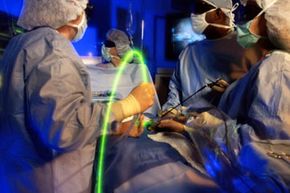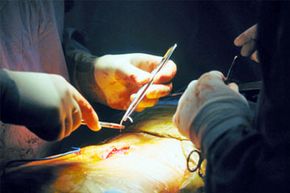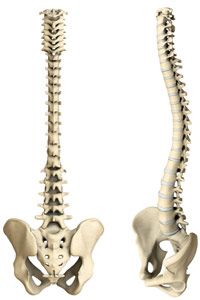Many people with back pain eventually get to a point when they would do anything -- anything at all -- to end their pain. Having surgery, or going under the knife, is required in very few cases, so some patients consider having laser surgery for relief instead. Lasers have been used for medical and surgical procedures since the early 1960s and have proven effective when used for correcting vision and assisting in neurosurgeries, for example, but what about in laser spine surgery?
Despite the fact that thousands choose to undergo laser procedures in spine clinics and outpatient centers, so far none of the most recognized health authorities in the United States, or elsewhere, endorse laser spine surgery. Why not?
Advertisement
Both the National Institutes of Health (NIH) and the Mayo Clinic state that the usefulness is still unproven even though lasers have been used in spinal surgery since the 1980s. A representative for the neurosurgery department at the Mayo Clinic says none of its surgeons "use or recommend laser spine surgery" [sources: Deen; NIH].
Despite a lack of official, professional endorsements, laser spine surgery is big business in the U.S., and many health practitioners offer and perform the procedure. Likewise, a number of individuals find relief through laser surgery, but how often the results are positive and long lasting has not been documented in formal clinical studies.
So what types of cases are being treated, and who is performing laser spine surgery? You wouldn't find a foot doctor or anesthesiologist operating on a person's back -- would you? We'll look inside the pain and the practice, next.
Advertisement


